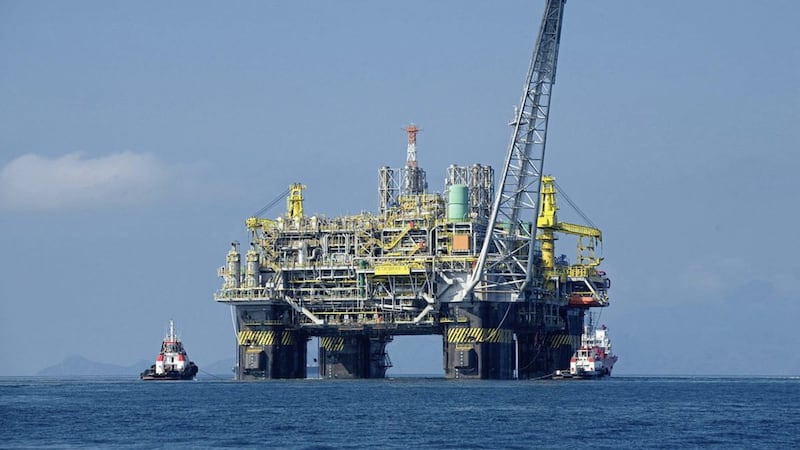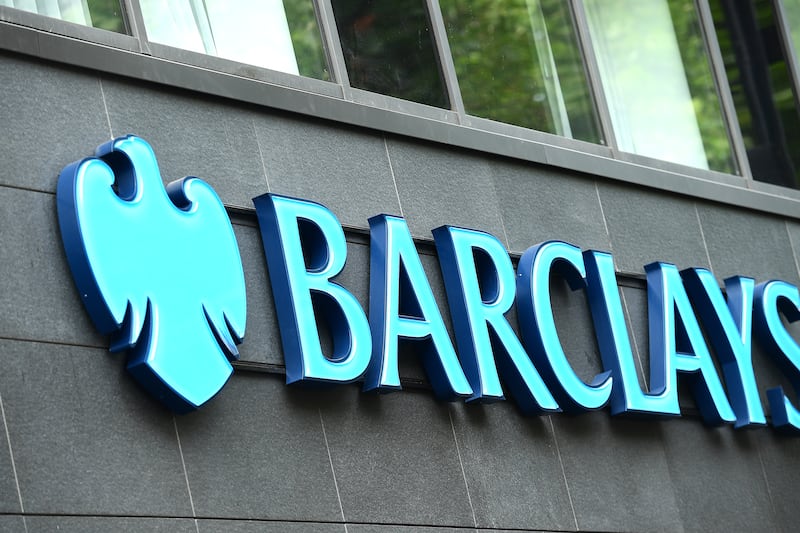A MAJOR driver of oil prices is of course the balance between global demand and supply. Unfortunately for those looking to guess at where oil prices will head next, both are much harder to accurately measure than much of the commentary would imply. Oil market data quality has surely come a long way in the past decade, but many flaws remain. As a result, the global demand and supply balance is frequently revised in both directions with initial estimates often alarmingly wide off the mark. Nonetheless, with hindsight, the statistics do tend to be decent indicators of price direction, if often not magnitude, and so are still worth paying attention to. Right now they seem to be telling us that the oil market is looking better balanced, which in the absence of supply shocks one way or the other, argues for fairly stable oil prices over the foreseeable future.
OPEC
This view is obviously not without risks, both upside and downside. Interpreting the Organisation of the Petroleum Exporting Countries (OPEC) meeting on November 30 has been complicated by the sharp rally in oil prices seen in the last weeks amidst rising tensions between and within several major suppliers. However, the introduction of US shale into the production mix has added a more responsive asset that can build and draw down on an inventory of drilled but uncompleted wells. With shale’s contribution to the oil market still growing, the overall market’s price elasticity should grow with it. Cost curves are starting to rebound by all accounts, which may exert some upwards pressure on prices, but we think this still adds up to a market that should remain well supplied at current levels, absent a major supply shock.
Does this situation warrant getting invested in oil-related assets? Most investors can only invest in oil though the futures market and derived products. As a result, the investor’s return is not directly linked to the spot oil price movement but instead the futures price curve. At the moment, those expectations are a little more favourably organised for investors, suggesting that some profits can be made from simply rolling up the curve, something of a rarity for direct commodity investors in recent years.
With regards to the more indirect means of accessing the oil price such as energy related equities, the problem remains one of a weak statistical relationship. Moves in the oil price seem to only explain around a quarter of the relative performance of energy stocks relative to the wider market. Perhaps the link is weakened by the fact that gas prices are a growing influence within the largest sub sector – integrated oil & gas companies. There are sub industries like oil & gas drilling, for which the relationship is much stronger, perhaps suggesting opportunities for more focused bets for the risk aware investor.
There are some currencies that have long been used to ‘play’ oil prices. Superficially, the US dollar exhibits a strong relationship. However, while the relationship is there, the magnitudes are horribly mismatched, with percentage changes in the oil price dwarfing the currency moves. As oil is usually priced in US dollars, it is not surprising that amongst available currencies, the inverse relationship between oil and US dollar shows the strongest relationship. Regarding currencies that profit from higher oil prices, the Russian rouble is unsurprisingly high on the list, however again the problem is the magnitude mismatch.
Conclusion
Whilst in the short term the oil price can be driven by many factors like speculative positioning, in the medium term it is oil market fundamentals that matter. The global oil supply-demand realignment process is in progress and is shifting medium term oil price risks moderately to the upside. The curve is a little friendlier to investors looking for direct access for now, suggesting some exposure in portfolios is not a bad idea.
For those looking at the equities, improving cash margins suggest that the sector has adapted and is starting to flourish in this low price environment. Costs do seem to be starting to build again, as already noted, but our suspicion again remains that portfolios will do well from having some exposure to the sector, particularly in an environment where the risk of Saudi Arabia and Iran’s proxy war risks becoming a little less proxy.
::Claire McCombe is a private banker with Barclays Wealth & Investment Management








